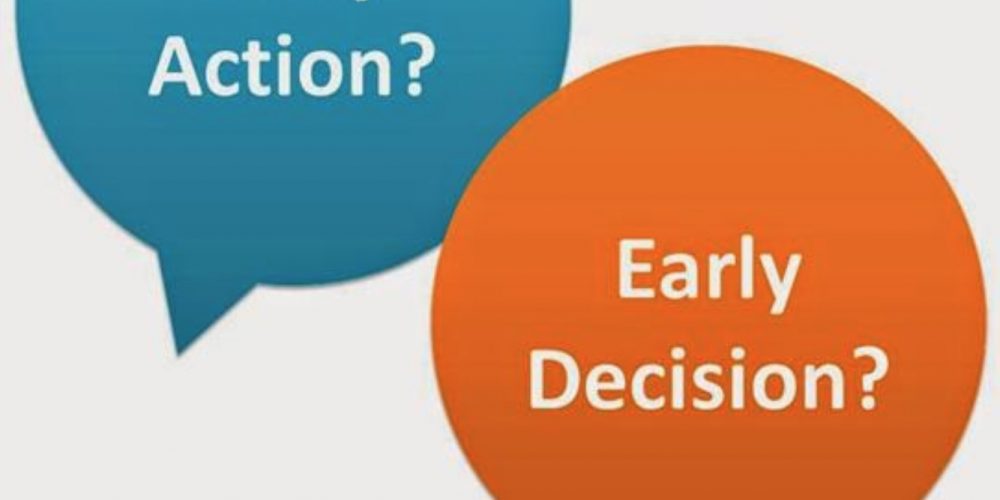In most early admissions programs, three possible outcomes can be expected: acceptance, deferral, and denial. This post will focus on what to do if you’re rejected by Early Decision (ED) or Early Action (EA). To know more about ED/EA refer the previous article “Next step after college EA and ED results”.
Rejections from colleges via ED or EA are frustrating, but focusing on moving forward is the best course of action. However, many factors could lead to a student’s rejection for a class. So, rather than focusing on the past and how you might improve, think about the future and formulate a plan. Prioritize your Regular Round applications if you haven’t already done so. Additionally, students might consider applying to an institution with an Early Decision-2 process, which allows them to demonstrate their interest in the institution in the same way as Early Decision-1.
The next step if a student is rejected from ED or EA: It’s very difficult to hear “no” after spending so much time and energy on a school you’re passionate about. The following will be the next step:
- If you got rejected that means you are free to apply any other college.
- You can visit another set of colleges. Make sure you apply there and research more about the program you want.
- You should keep working on your grades and ensure your GPA does not decrease because schools are definitely looking at your final exam grades.
- Be sure to meet all of your college’s regular deadlines, i.e., finish your work on time and submit it on time.
- It has nothing to do with your application or your profile or your potential. You may need to consider other colleges that are more suitable for you.










